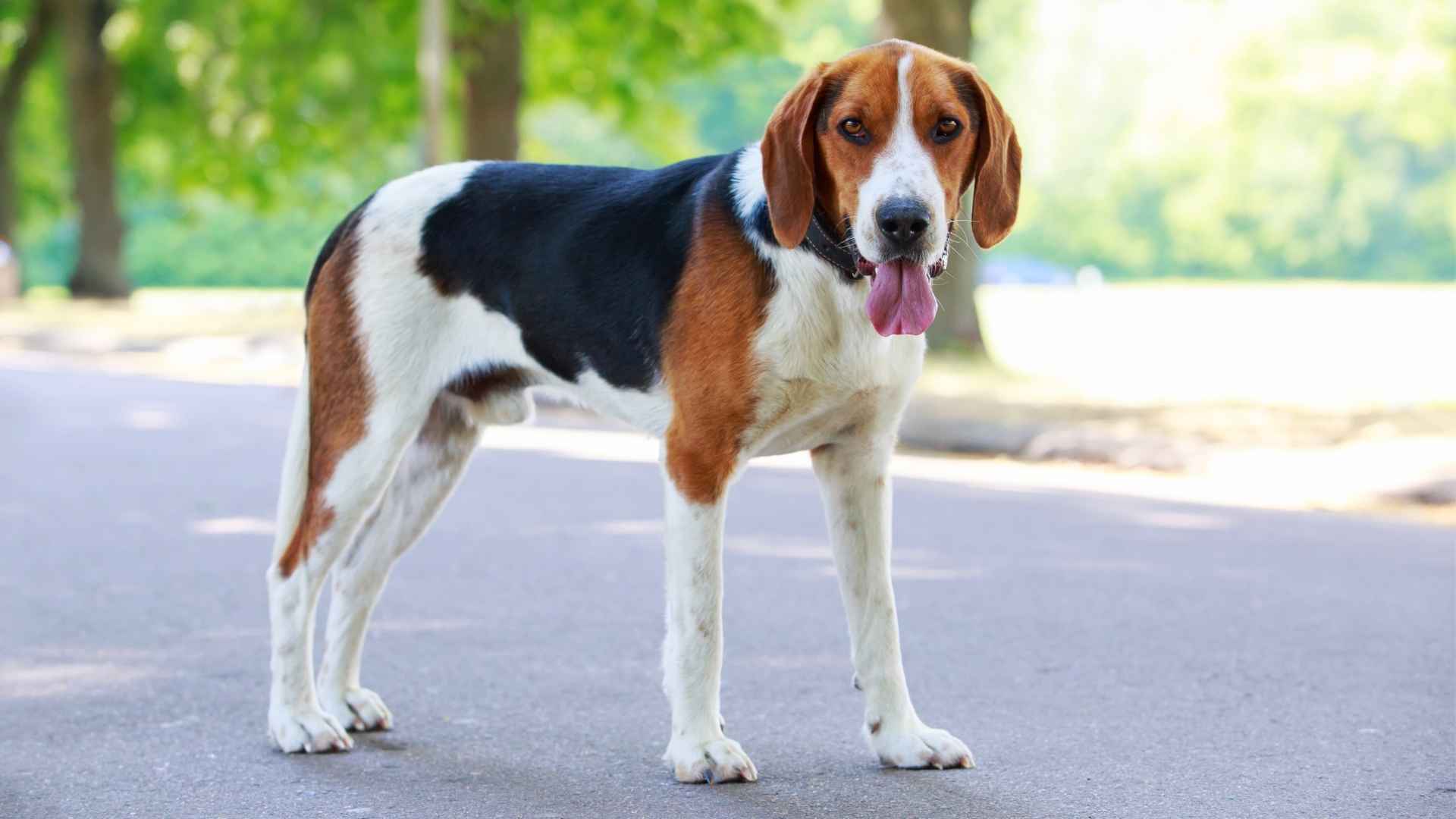Why do some dog breeds never seem to appear in neighborhood parks, dog-friendly cafes, or social media feeds? While many breeds thrive in the American spotlight, others remain on the fringes of public preference.
It is not always about aggression or difficulty, but often about compatibility with common lifestyles. Apartment living, busy work schedules, and suburban habits all influence which dogs find favor and which do not.
Sometimes it is a matter of perception, and other times it reflects real challenges in ownership. For those who are curious about these patterns, examining the least favored breeds can reveal more than just rankings. It can show how society shapes its relationship with certain dogs.
In this article, we will highlight the breeds that consistently receive less public attention and affection, along with the main factors that keep them off the popularity charts.
Least Favorable Dog Breeds In America You Should Know
1. English foxhound
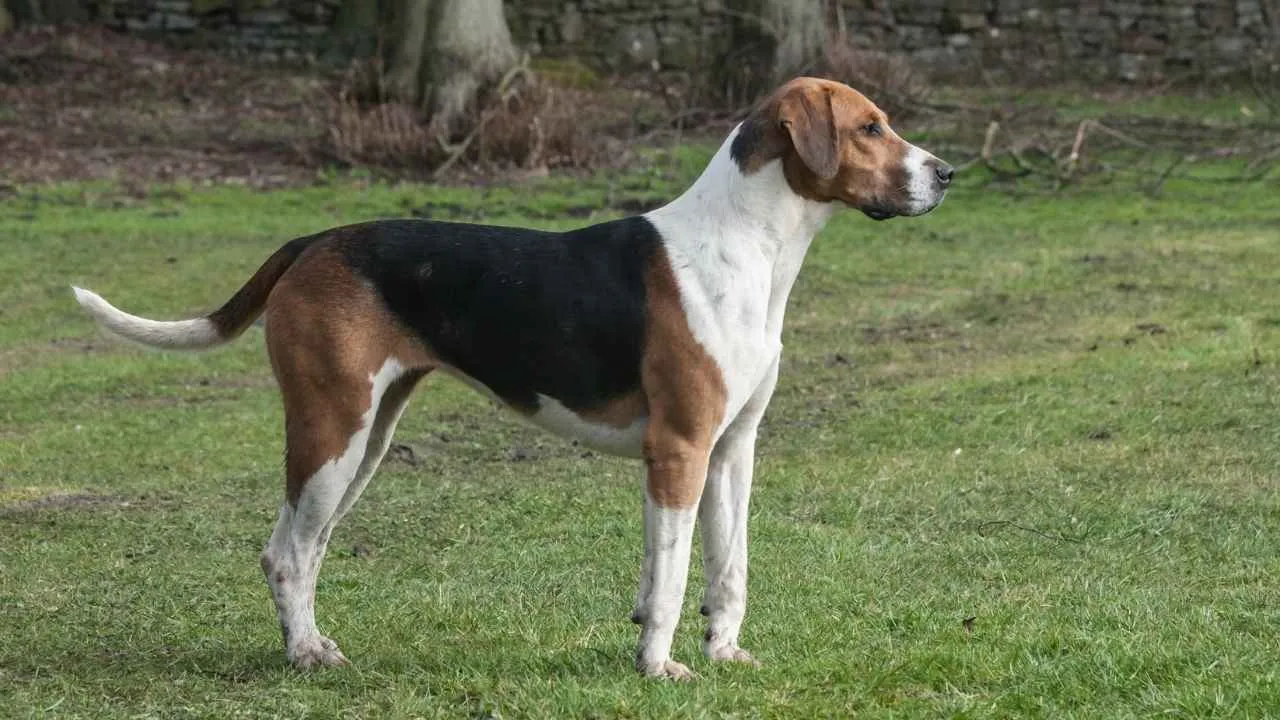
Bred for packs and long hunts, this breed often struggles with home life unless given intense outdoor time. It thrives in large, open environments with high movement. Limited activity or space can lead to restlessness that’s hard to manage in an urban setting.
Independent Pack Behavior
The English Foxhound is hardwired to work in sync with other dogs but not necessarily with people. Their independent mindset makes training inconsistent, especially indoors. They often prioritize instinctual drive over following direct human commands.

High Exercise Demands
Without daily, rigorous physical outlets, this breed becomes uncooperative and difficult to engage. Their stamina exceeds that of most companion breeds, making casual walks ineffective. Lack of stimulation can lead to destructive behavior indoors.
Limited Appeal in U.S. Homes
Its vocal nature, combined with a strong prey drive and stubborn streak, reduces its fit for family living. Despite being a generally healthy dog, its needs don’t align with typical household routines. That mismatch has kept its popularity extremely low in American rankings.
2. Bergamasco Sheepdog
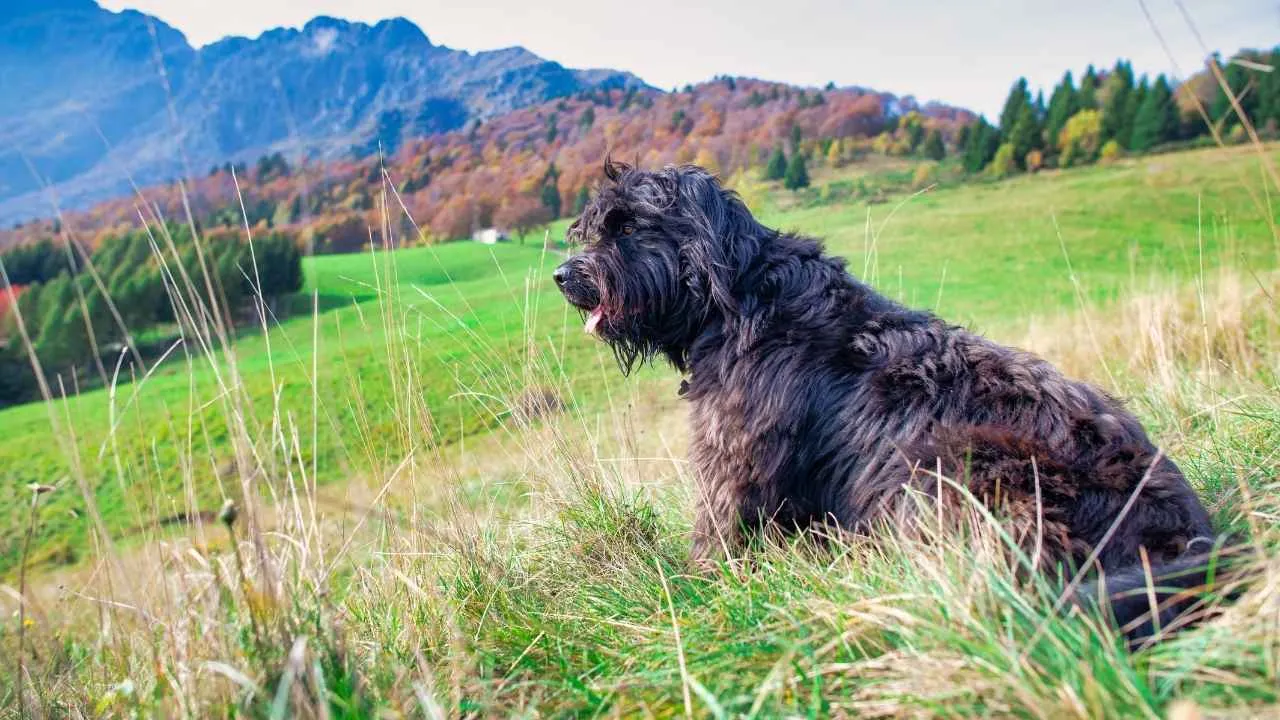
Did You Know: The Bergamasco’s coat is made of three distinct hair types that naturally weave into flat mats, offering insulation and protection in mountainous climates.
This breed’s naturally matted coat forms dense flocks that can take years to fully develop, as stated in the Dog Breed Info Center. New owners often underestimate the care involved in maintaining their hygiene and texture. The grooming process is time-intensive and unsuitable for many modern households.
Temperament Misunderstandings
The Bergamasco Sheepdog is observant and quiet but doesn’t seek constant interaction with humans. It forms strong bonds but rarely displays the overt affection some people expect from pets. This difference in behavior contributes to low adoption rates in cities and suburbs.
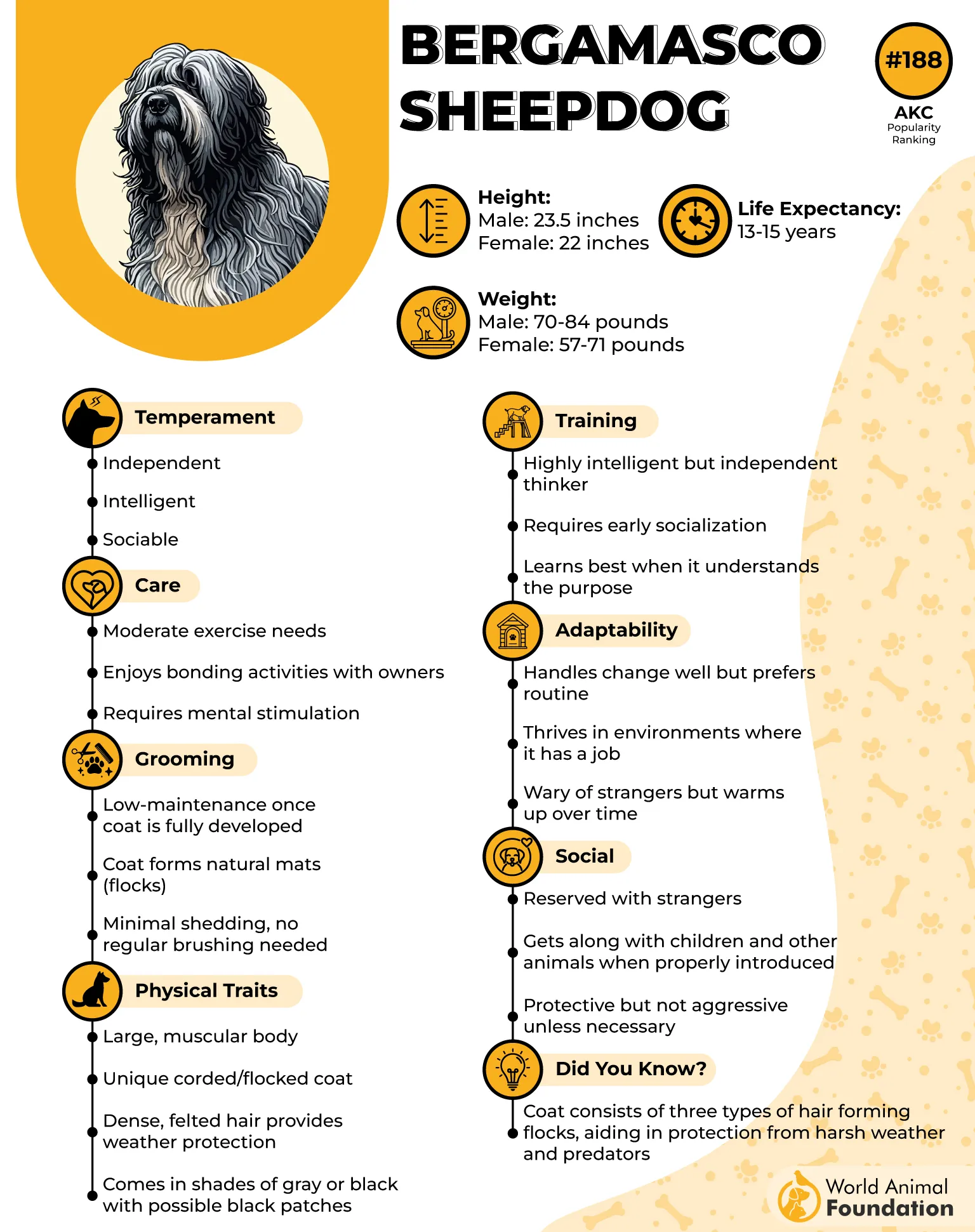
Physical Needs and Environment
Though adaptable, this dog breed prefers freedom of movement and low-noise surroundings. Confined living, unfamiliar visitors, or high foot traffic can trigger nervous or aloof behavior. Without regular engagement, the breed can become mentally under-stimulated.
Specialized Historical Role
It was bred to herd sheep across alpine terrain, working alone without close oversight. Those instincts remain, making the breed naturally drawn to organizing space and monitoring movement. But this trait rarely aligns with the structure of average family homes.
3. Grand Basset Griffon Vendeen
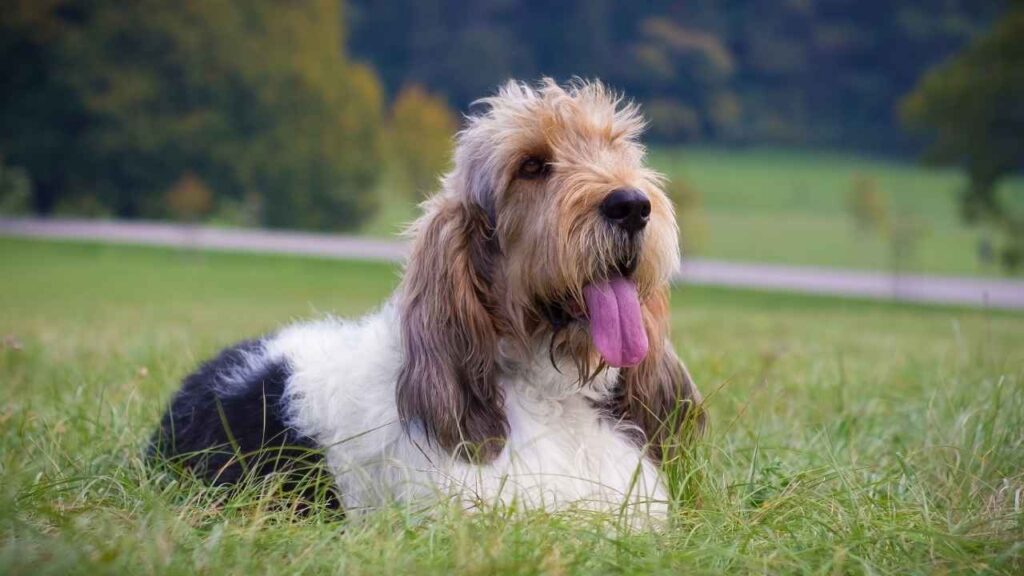
This breed was developed for endurance-based hunting in France, where it tracked small game for hours without slowing down. Its persistence in scent work often outweighs its interest in recall. That level of focus can be frustrating in a home setting lacking structured activity.
Vocal and Determined Nature
Barking is part of the Grand Basset’s communication style, often triggered by smells, sounds, or movement outdoors. In suburban environments, this trait tends to draw complaints from neighbors. It’s difficult to manage the vocal output without daily tasks that match its original role.
Training Resistance
Even with food rewards and consistent efforts, training results can be slow and unpredictable with this breed. The Grand Basset is intelligent, but it approaches instructions on its terms. Patience is necessary, especially for first-time owners expecting quick obedience.
Low Demand in U.S. Households
Its size, coat care, and outdoor energy requirements reduce its compatibility with American lifestyle norms. While deeply loyal to familiar people, it doesn’t adjust easily to passive indoor routines. This has contributed to its limited popularity in U.S. dog registrations.
4. Norwegian Lundehund
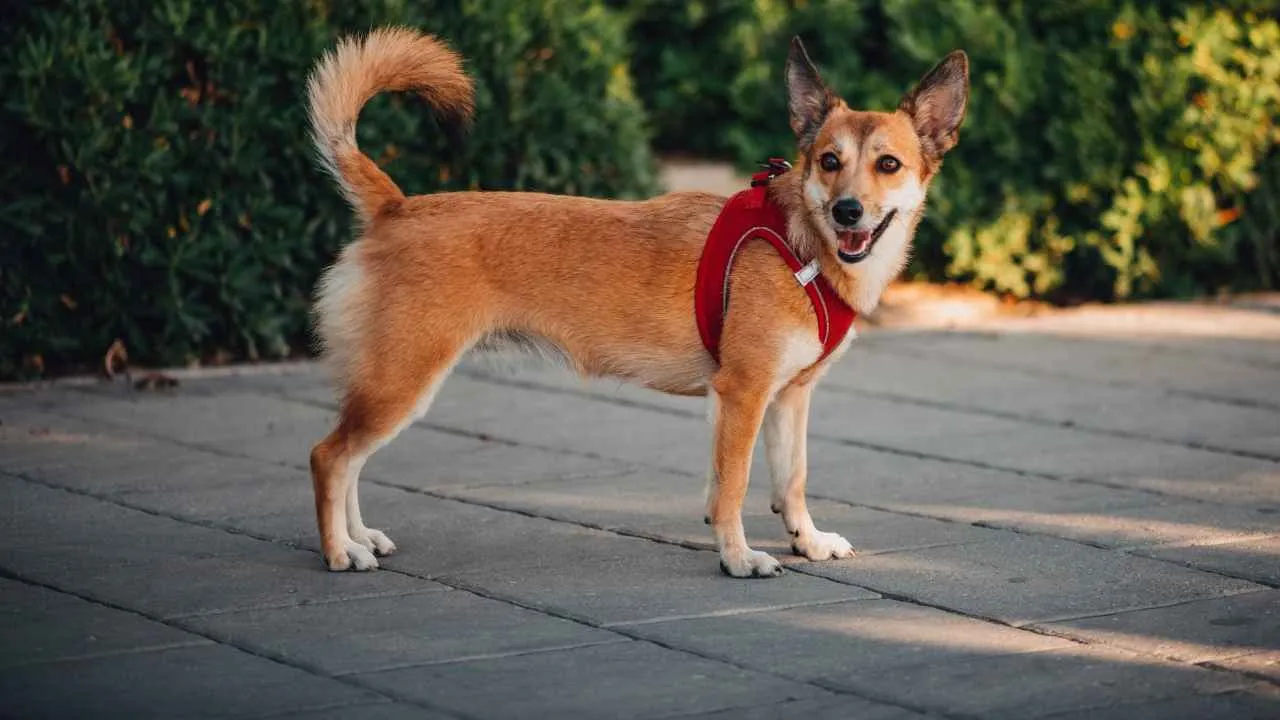
With six toes on each foot and unusual joint flexibility, this breed was developed to scale rocky cliffs in search of puffins, as stated in WebMD. These traits don’t align with suburban or city living. The structure of their body requires specific movement and terrain to remain balanced and active.
Difficult Temperament for Families
Norwegian Lundehunds are highly alert and sensitive to new stimuli, which can lead to nervous or avoidant behaviors in household settings. Their unpredictable response to common environments often leaves first-time owners overwhelmed. Even socialization from an early age doesn’t fully resolve this.
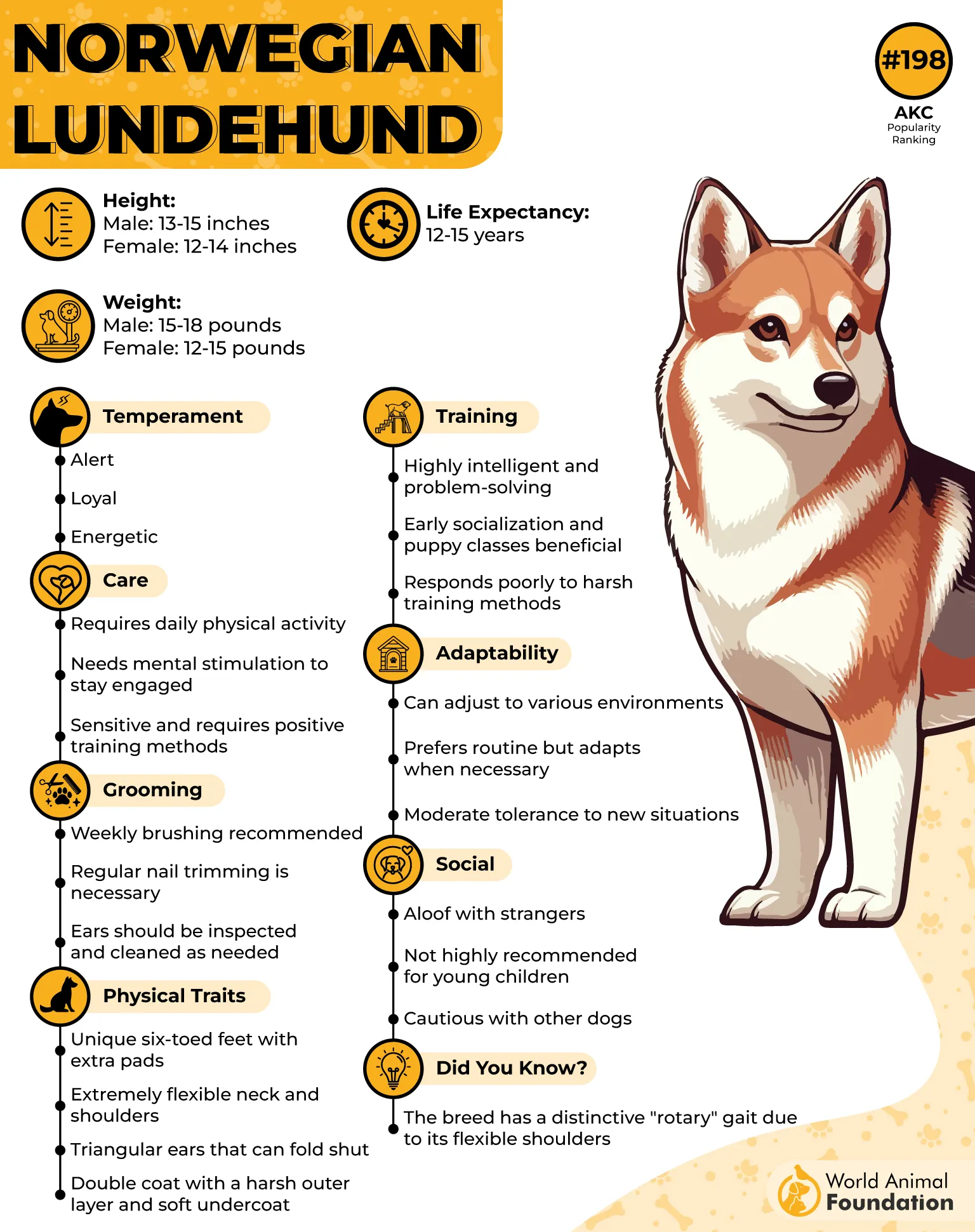
Low Demand Due to Health Risks
The breed is linked to a digestive condition known as Lundehund Syndrome, which affects nutrient absorption. Managing this requires a strict diet and close veterinary monitoring. These complications have discouraged widespread adoption across the world.
Training and Stimulation Barriers
Although small and energetic, the breed is not naturally trainable in ways that suit general obedience or indoor manners. Their agility is impressive in wild terrain but not always useful in home environments. They demand routine but often resist structure during sessions.
5. Otterhound
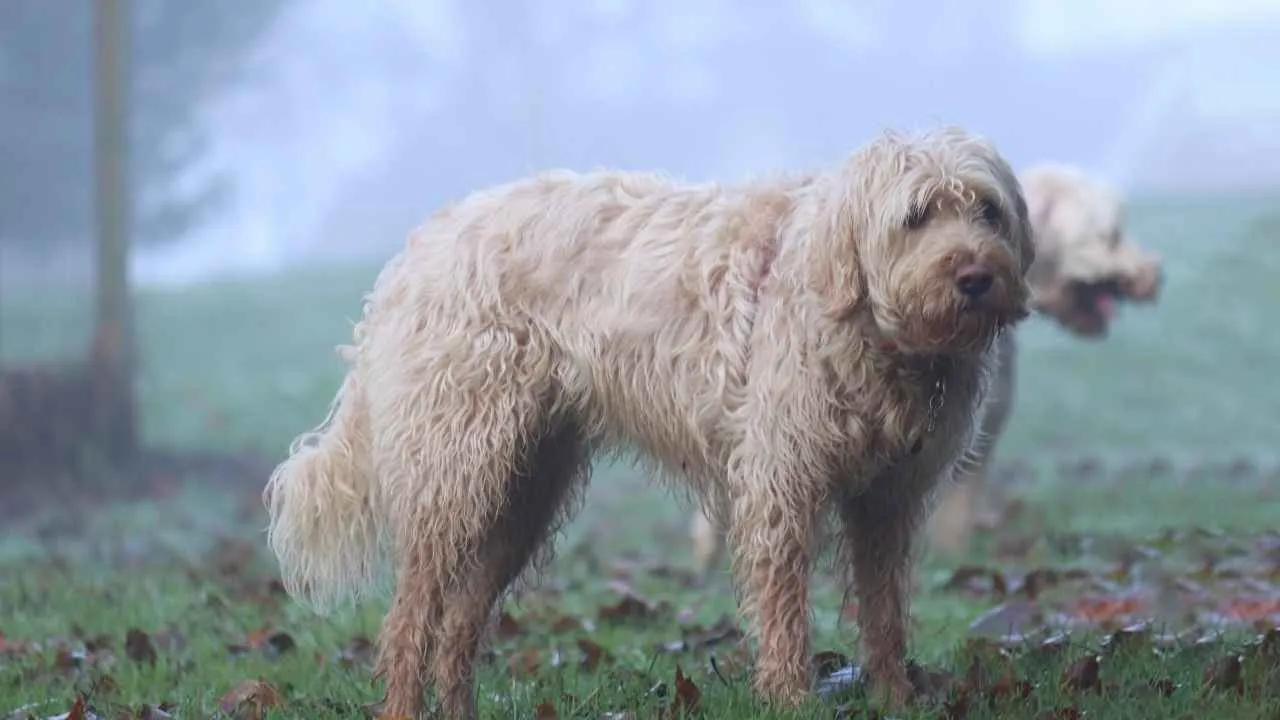
Originally bred for otter hunting, the Otterhound’s skills don’t align with modern urban or suburban life. Its water-focused instincts and dense coat require specific environments to function well. These traits leave it underutilized and often misunderstood in everyday households.
Grooming and Maintenance Challenges
The breed’s rough, oily double coat retains odor and debris, demanding frequent and thorough grooming. Its webbed feet and shaggy frame make indoor maintenance harder for owners. These care requirements don’t align with the lifestyle of most American dog owners.
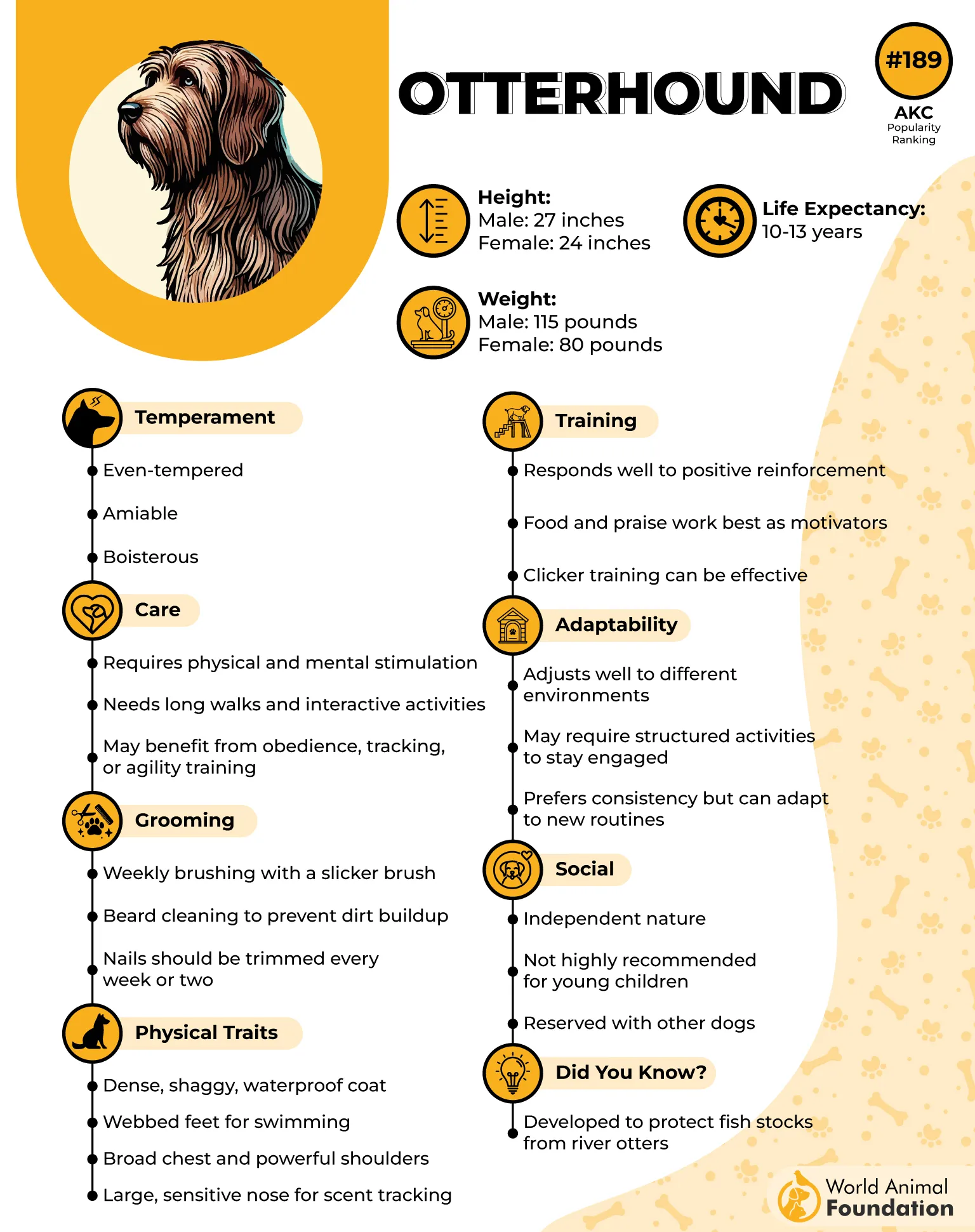
Training Inconsistency
Otterhounds are intelligent but stubborn, responding slowly to standard training methods. Their independent streak often delays obedience progress, especially with first-time handlers. Lack of reliability in response is one reason for their decline in popularity.
Low Visibility and Breeding Numbers
With fewer than a thousand estimated worldwide, Otterhounds are rarely seen in public spaces or adoption shelters. This low visibility limits public interest and familiarity with the breed. Their declining population reflects limited demand rather than breed faults alone.
6. Canaan Dog
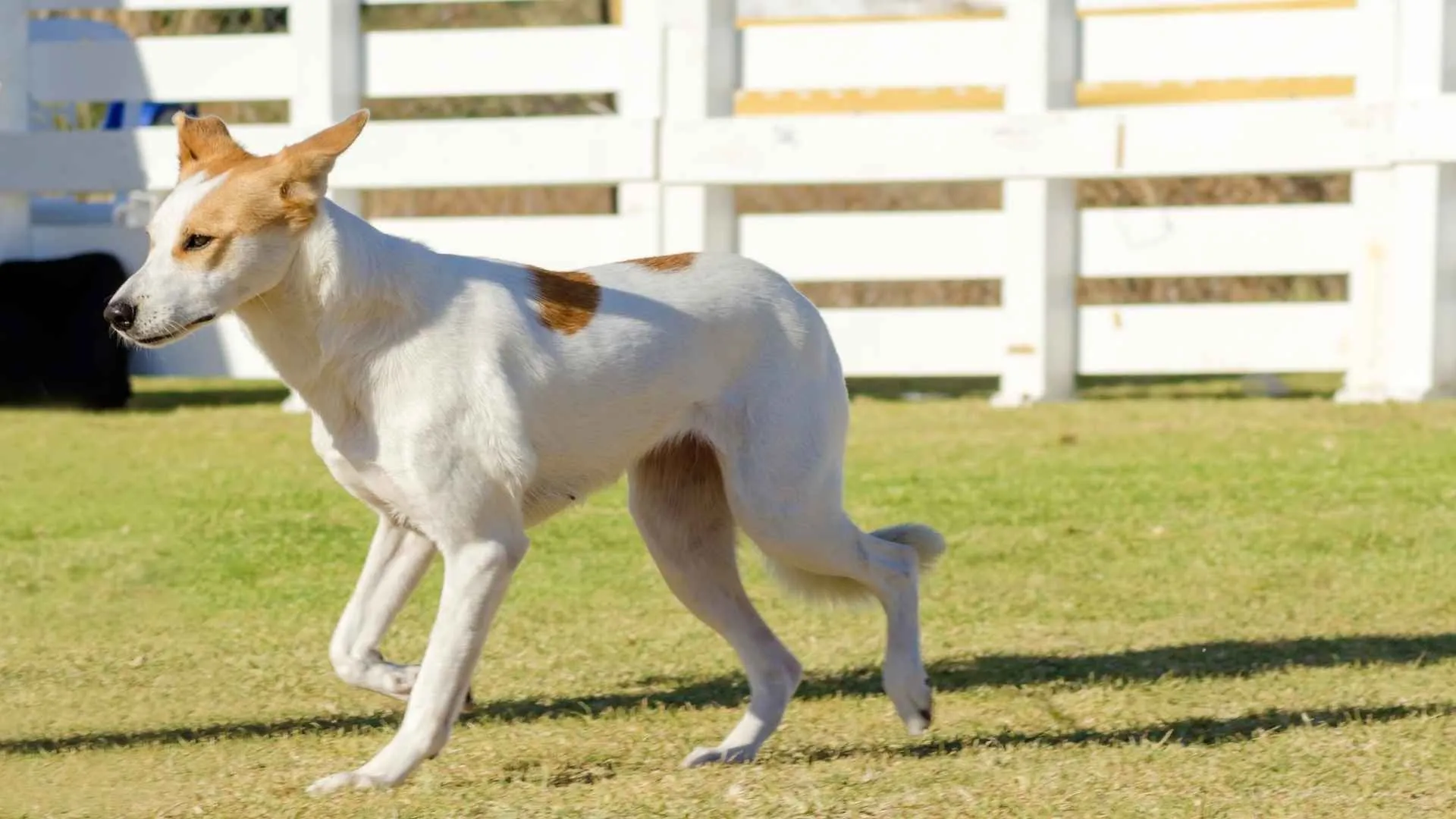
The Canaan Dog still carries instincts from its desert survival roots, making it highly alert to minor disturbances. Sudden noises or unfamiliar guests often trigger prolonged vocal reactions. This natural suspicion can overwhelm first-time owners or those in shared living spaces.
Training Inconsistency
This breed doesn’t respond well to repetitive commands or rushed training styles. Their independent mind causes them to assess instructions rather than follow automatically. Many trainers describe progress as slow but possible with patience and trust-building.
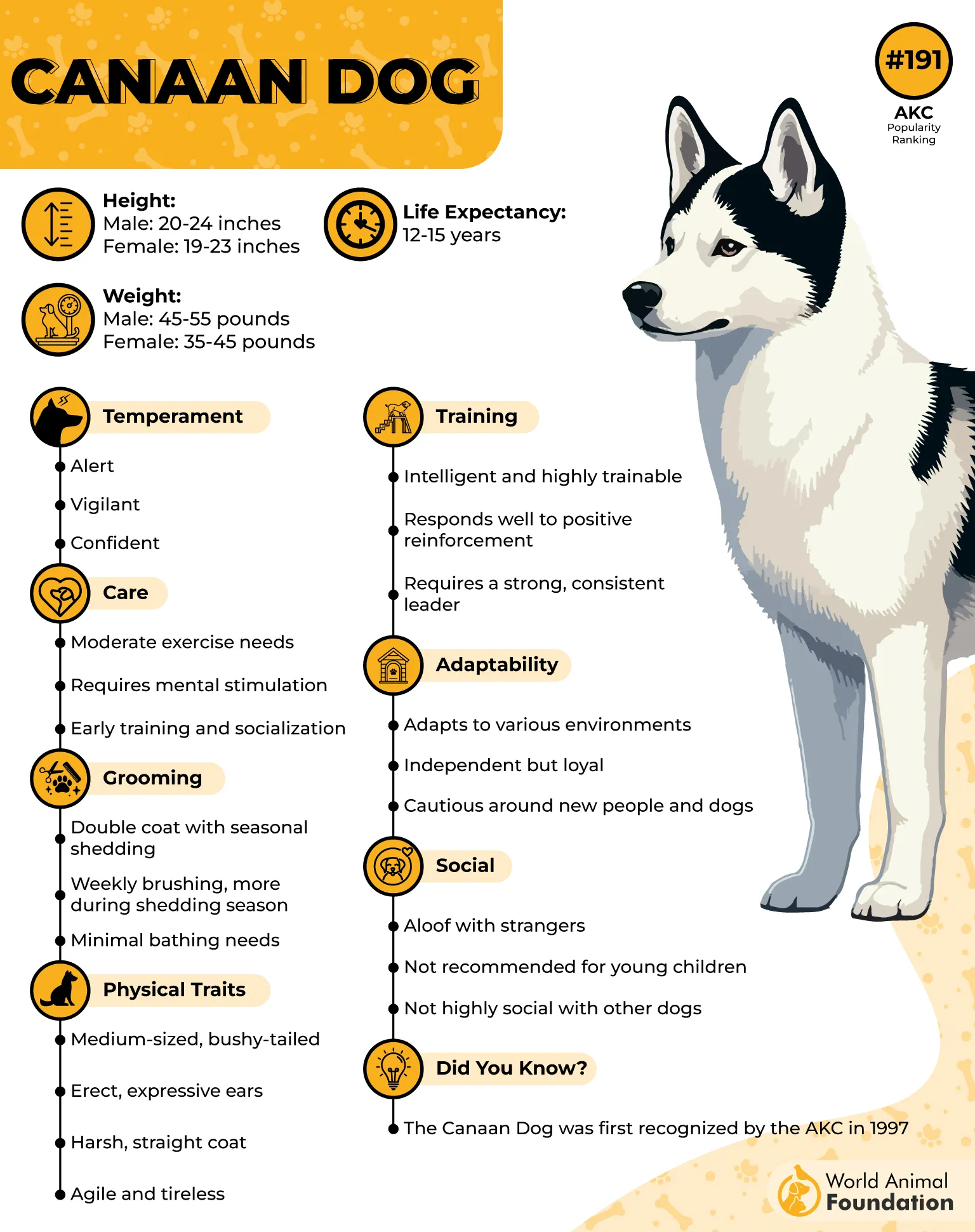
Reserved Social Behavior
Canaan Dogs are known to be wary of strangers, sometimes avoiding contact entirely, as Purina highlighted. Unlike companion breeds that bond quickly, they require time and consistent exposure. Their aloofness is often misunderstood as cold or unapproachable in typical American households.
Low Popularity and Visibility
Despite being intelligent and clean, the breed remains rare in the U.S. due to its reactive nature and strong-willed personality. Their low numbers reflect limited demand, especially among families wanting playful, highly social pets. Breed fanciers often seek them for specific purposes, not general companionship.
7. American Foxhound
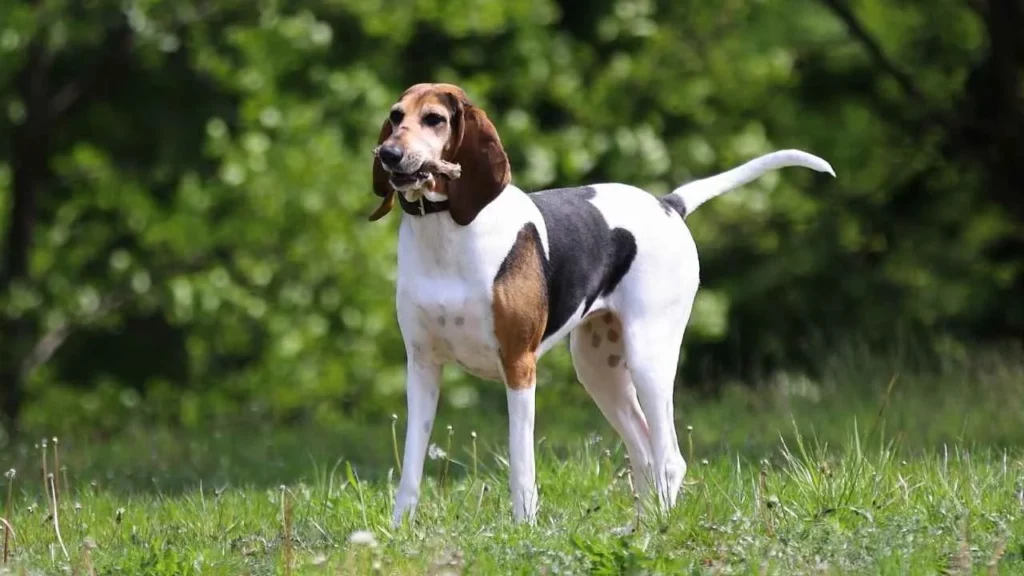
Despite its deep roots in American history, this breed remains one of the least registered in the country. The general public lacks exposure to its traits, and most families bypass it due to unfamiliarity. Its obscurity has little to do with flaws and more with limited awareness.
Extreme Stamina Requirements
The American Foxhound is a long-distance runner with a high-energy threshold that doesn’t suit routine pet ownership. A typical backyard doesn’t meet its exercise demands, especially without an outlet for its chase instinct. Its physical needs often surpass what most households can provide.
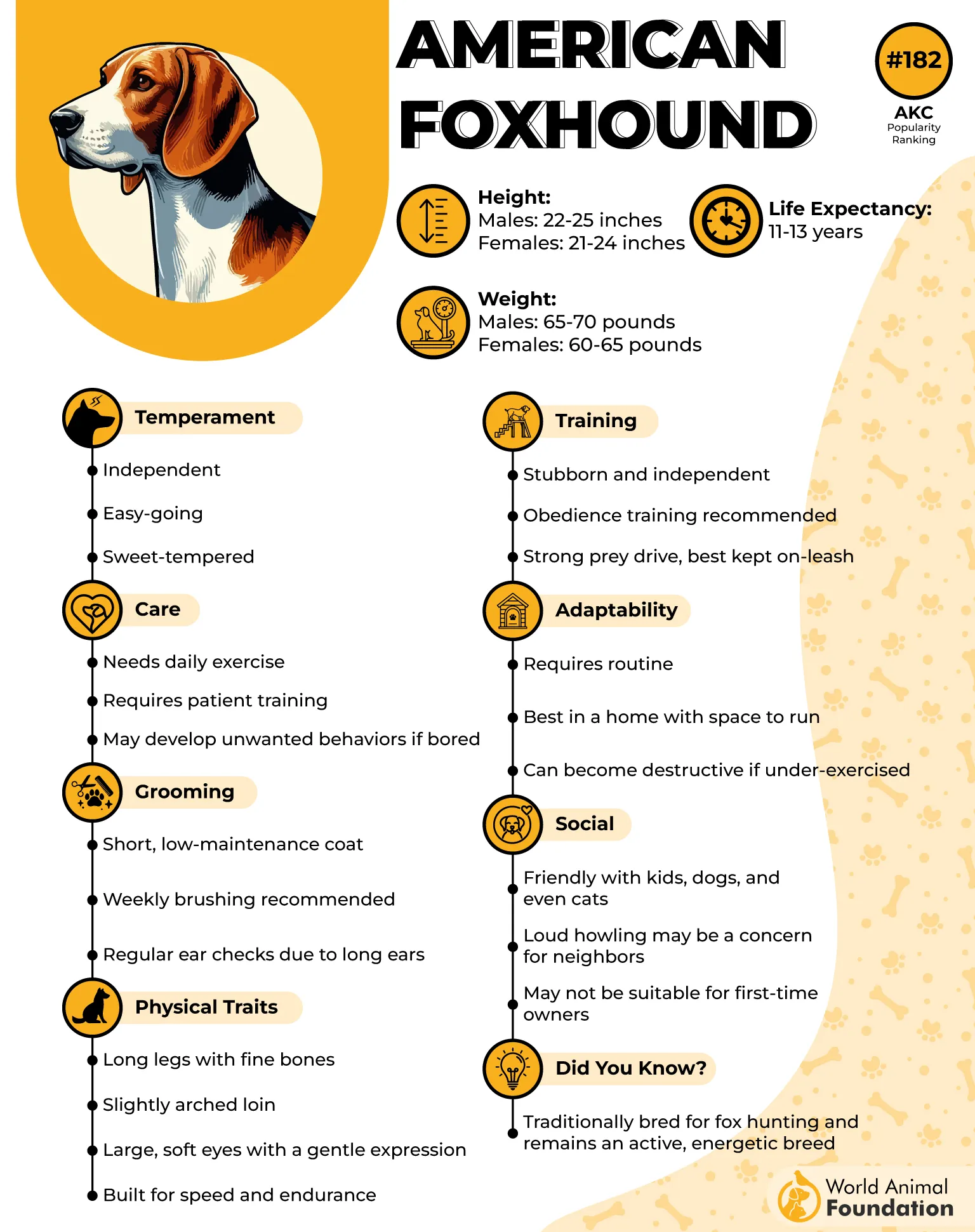
Vocal and Independent
With a baying voice that carries across large areas, this breed communicates in ways that challenge neighborhood living. It was bred for pack hunting, not for subtle indoor behavior. Independence is valued in the field, but it creates training hurdles for first-time dog owners.
Lack of Companion Traits
The American Foxhound doesn’t prioritize human interaction the way many popular breeds do. It bonds, but its focus remains task-driven rather than emotionally expressive. This functional mindset contributes to its low demand as a domestic companion.
8. Azawakh

Azawakhs are known for their aloof nature, especially around strangers, which makes early socialization essential, as Zealandia Pet claimed. They form intense bonds with one person and remain distant from others. This temperament can create friction in busy households or unfamiliar social settings.
Limited Compatibility in Families
The breed’s strong independence is often mistaken for stubbornness, and it rarely seeks out human interaction beyond its trusted circle. This low sociability doesn’t align well with households that include children or other pets. Their detachment reduces their appeal for most first-time owners.
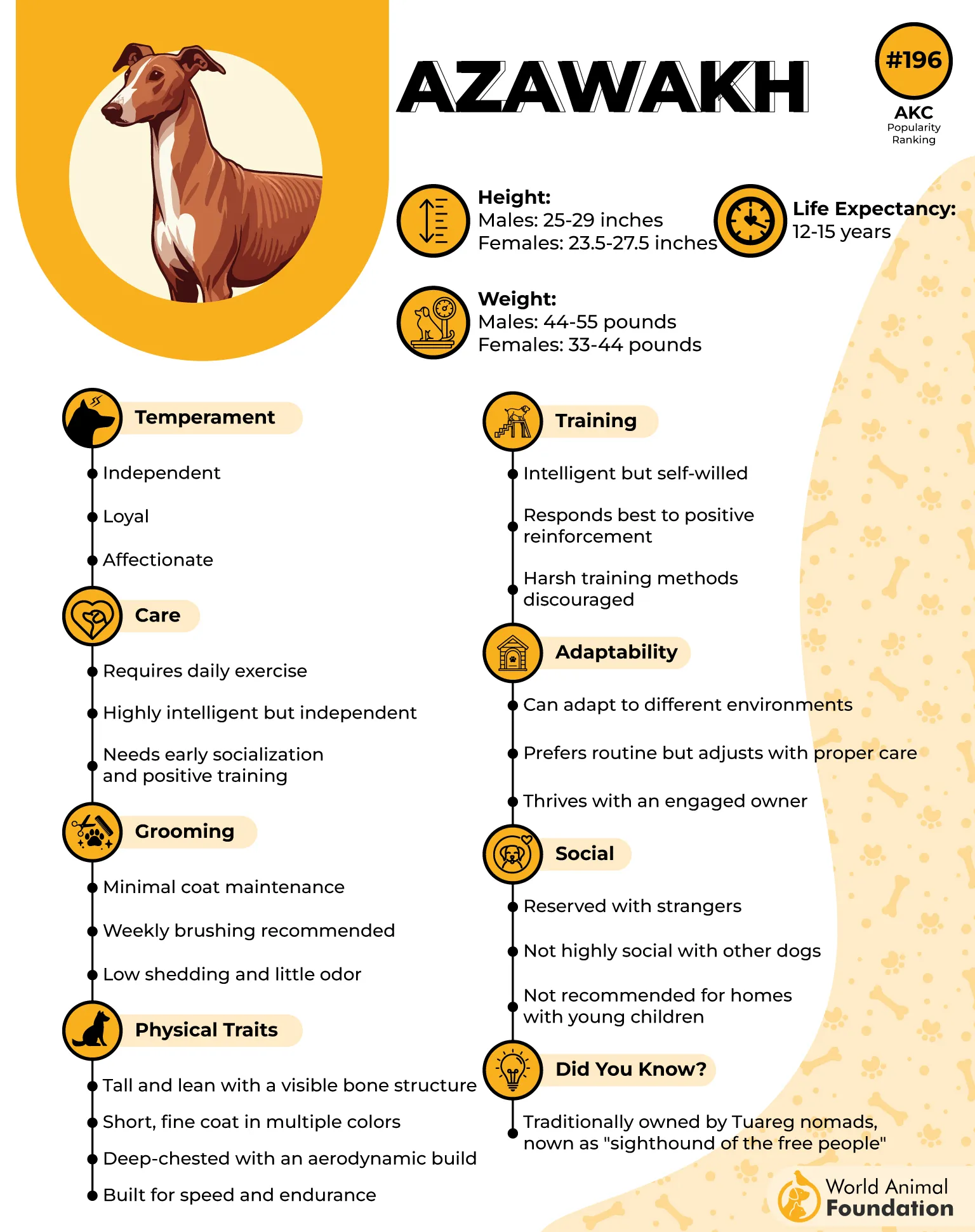
Uncommon Exercise Needs
Unlike common companion breeds, the Azawakh has bursts of intense energy but prefers short durations of movement. They may appear restless without physical outlets, but don’t adapt easily to routine play. This combination makes their activity needs harder to interpret for the average owner.
Popularity and Recognition Gap
Despite their striking looks, the Azawakh remains one of the least registered breeds in the United States. Its unique personality and lower adaptability to typical home environments have limited its presence. Most American dog owners prefer breeds with more interactive and trainable dispositions.
9. Cirneco dell’Etna
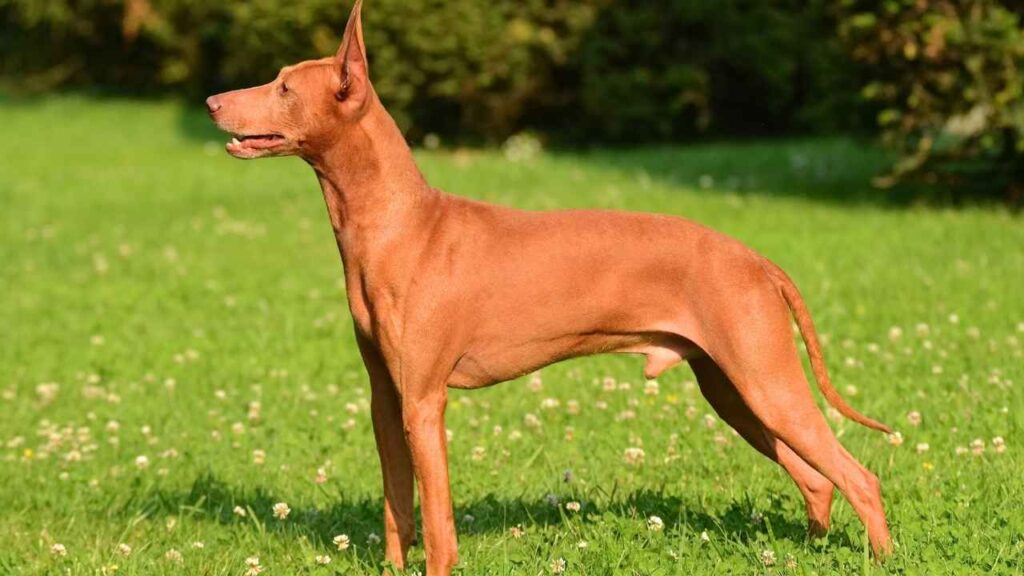
The Cirneco dell’Etna remains rare in the U.S., partly due to its intense hunting instinct and low demand in non-working households. Most families are unfamiliar with its high-speed prey drive and how it impacts daily life. This lack of alignment with typical pet roles affects its ranking.
Difficult Off-Leash Behavior
Highly agile and quick to chase, the breed can vanish in seconds if not securely contained. Its visual scanning ability makes it reactive to movement even at long distances. Recall training is difficult for inexperienced owners, especially without consistent reinforcement.
Sensitivity and Aloof Temperament
These dogs are known for being sensitive to noise, touch, and unpredictable environments. They often remain distant from strangers and do not respond well to crowded, noisy households. This makes them a challenging fit in homes with children or multiple pets.
Requires Purposeful Activity
The Cirneco needs more than a daily walk — it requires mentally engaging tasks or focused scent work. Without this, it tends to become nervous, vocal, or overly alert indoors. These traits often discourage potential adopters seeking low-effort companions.
10. Sloughi
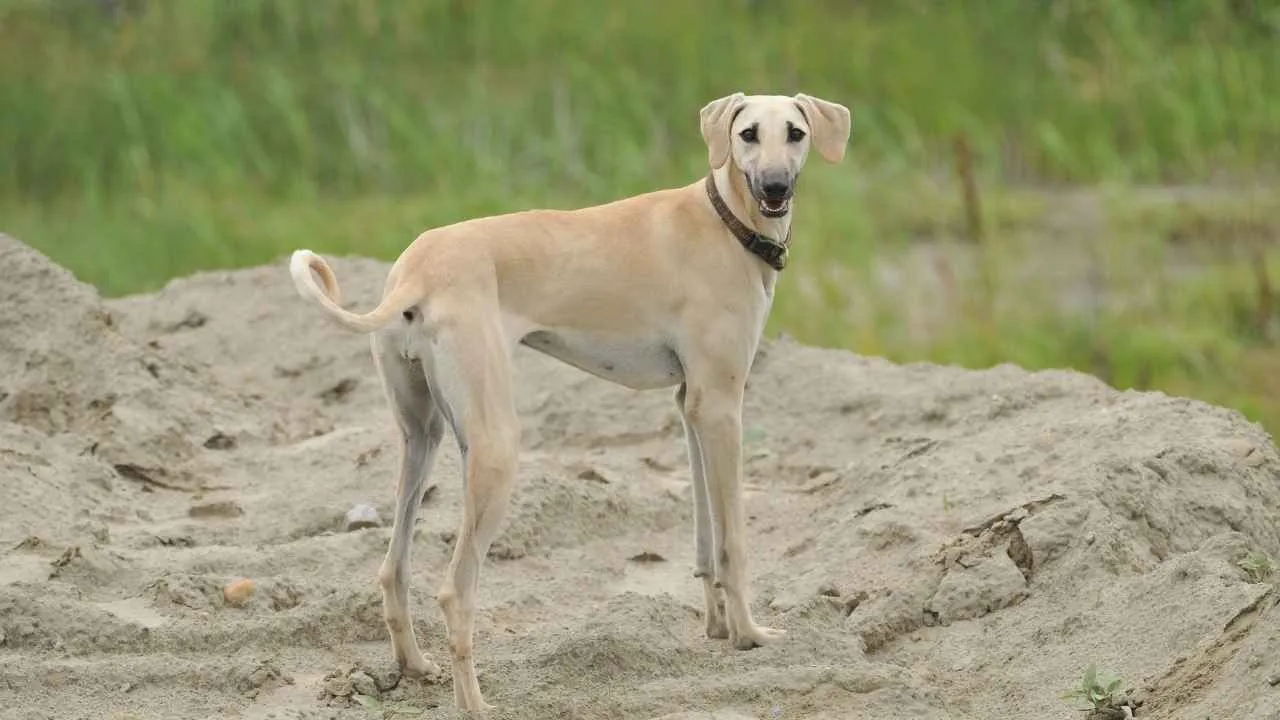
The Sloughi is highly sensitive and deeply reserved, often appearing aloof to unfamiliar people. This emotional restraint makes it challenging to integrate into highly social households. Without early and ongoing socialization, responses can lean toward cautious withdrawal.
Indoor Compatibility Issues
Due to its low tolerance for unpredictable noise and overstimulation, the Sloughi does not adapt well to chaotic environments. It responds poorly to harsh training or raised voices, requiring patience that many dog owners aren’t prepared for. This limits its appeal in typical suburban homes.

Limited Obedience Motivation
Sloughis have minimal food or praise drive, which makes reward-based training less effective. Their independence requires experienced handling with consistency over time. Inexperienced owners often struggle with shaping reliable behavior in this breed.
Low Popularity Across the U.S.
Its demand remains low due to its low tolerance for cold, low playfulness, and sensitivity to stress. These traits have kept it largely out of mainstream dog ownership.
Conclusion
The breeds here are not without worth, yet they fall far from the most popular dog breeds ranked by the American Kennel Club. Each has a past that shaped its nature, but not always in ways that suit modern living.
Some would thrive as service dogs, others are too smart and independent for easy training. Many are adorable in appearance, but still receive little love when their instincts conflict with apartment life or tight schedules.
How they bark, move, or interact with other animals can determine their place in public favor. Popularity is not the same as quality, and rarity often hides remarkable companions.


